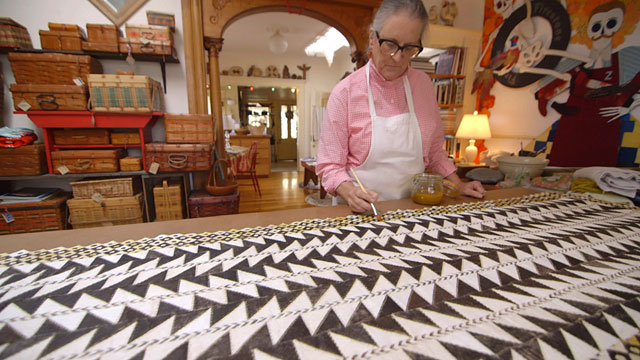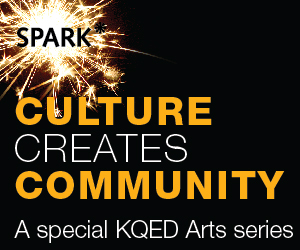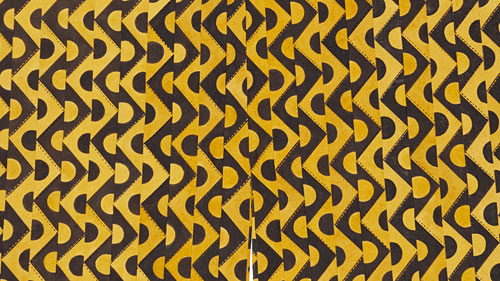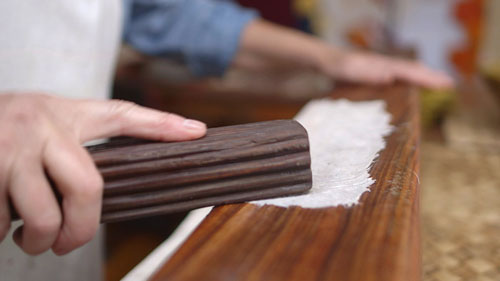Wendeanne Ke`aka Stitt is an unusual name for a nice Hungarian-Irish girl. In Hawaiian, it means “the mischievous laugh,” a name given to Stitt by her Hawaiian language teacher, Kau`i Peralto, at Stanford University. Anyone who spends time with Stitt soon knows how well the name suits her.
Though not Hawaiian by blood, Stitt is Hawaiian at heart she says. She well remembers the time in 2001 when Peralto asked her to join a group called Kuku I Ka Pono for a two-year apprenticeship to learn how to make traditional Hawaiian kapa cloth. Stitt considered the opportunity to learn kapa alongside native Hawaiians an honor: “When you have a group of Hawaiians ask you to do something, you jump,” she enthuses.
That leap of faith has taken Stitt on an artistic and cultural journey into the world of kapa, a cultural tradition that was once lost and is still little understood. Today Stitt’s work in kapa is on exhibit in museums and galleries around and world. And her pieces are worn in important protocol ceremonies and performances in Hawaii, like the Merrie Monarch Festival, considered the Olympics of hula.

At the end of the two-year apprenticeship, Stitt accompanied Kuku I Ka Pono to Hawaii to carry out their mission, reburying ancient bones that had been disturbed by construction or repatriated by museums. Before reburying the remains, the group wrapped the bones in the kapa they made, as tradition required. Even today, Stitt says, when a Hawaiian dies, a piece of kapa cloth is draped in the coffin over the body.




